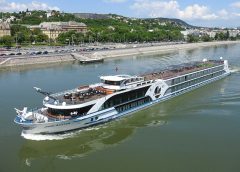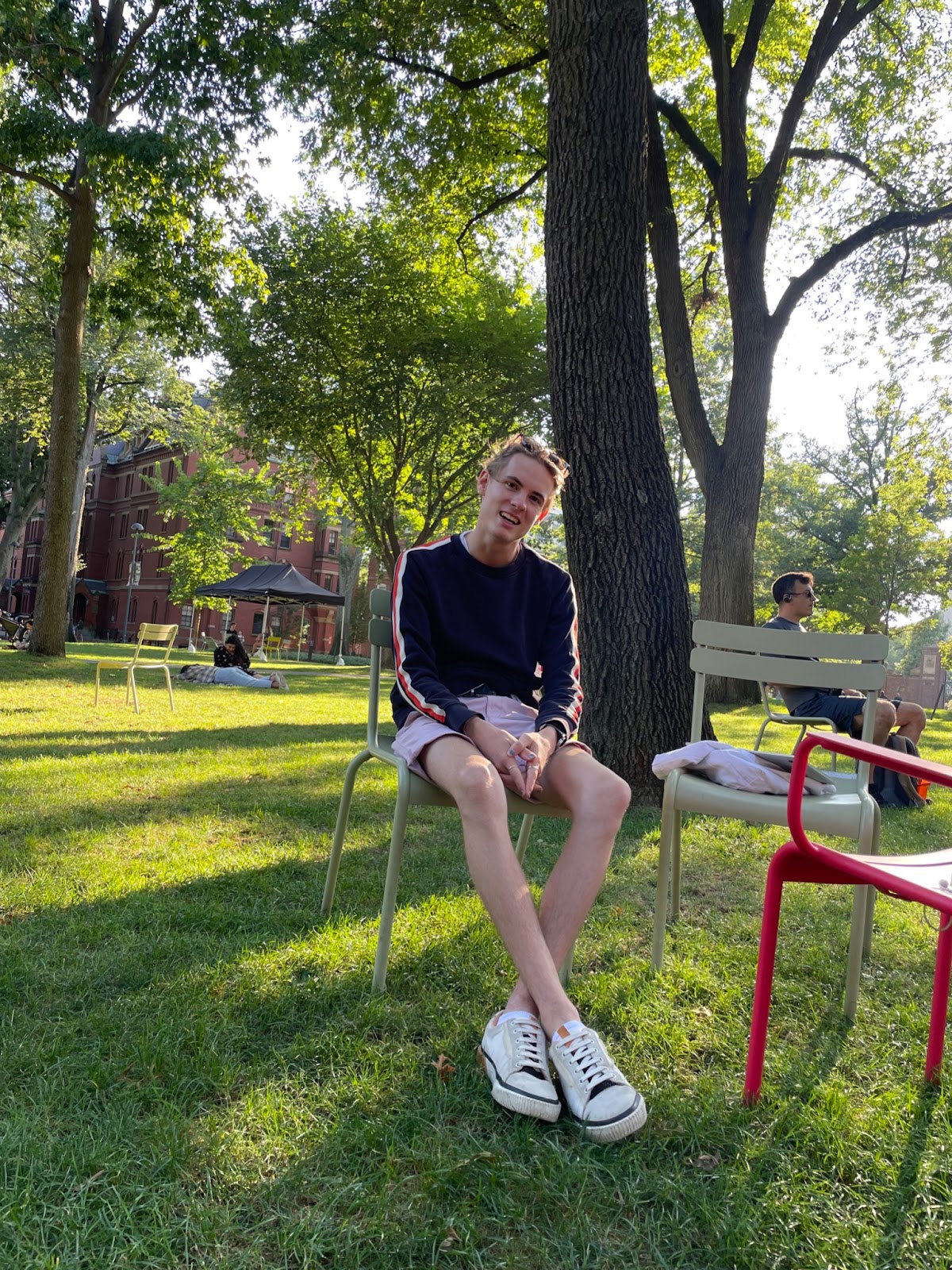
Travel | River cruising on the Seine: Paris and Normandy
[ad_1]
By Debi Lander
mail@floridanewsline.com
Most Seine River cruises start in Paris, then head into Normandy toward the English Channel. Guests take excursions to explore Normandy’s highlights: Rouen Cathedral, the 950-year-old Bayeux Tapestry, and the stirring WWII D-Day landing sites. Honfleur is the last stop before turning around, and the climax of the return route becomes Claude Monet’s House and Gardens.
When I saw the Riviera River Cruises itinerary, I knew this trip was for me — an art, history, wine and cheese lover. I flew to Paris and boarded their ship, the “Jane Austen,” which carries a maximum of 140 passengers. I prefer fewer people and the smaller river cruise to mega ocean-liners. The cruise commenced with dinner in the evening. After a late sunset, the captain moved the boat near to the small replica of the Statue of Liberty and the glittering Eiffel Tower in the distance. It’s magical to see the illuminated icon sparkling like a fireworks display.

The next morning, we reached the village of Les Andelys, seeing Chateau Galliard on the hillside. The buildings are ruins of Richard the Lionhearted castle built between 1196 – 1198. Riviera took guests on an excursion to the site in the afternoon; then, we walked downhill into the charming town with half-timbered buildings.
The cruise moved to the medieval city of Rouen in time to see the evening sound and light show projected onto the cathedral’s façade. The explosion of vibrant colors and technological mastery mesmerized the audience, who watched in stunned silence. Incredible! The following morning guests took a guided walking tour of the city, learning about the cathedral’s long history and Joan of Arc. Joan was burned at stake in Rouen after her trial. A modern church stands on the site, architecturally unappealing to me, but once side, aglow with a wonderful wall of stained glass windows.
My cruise traveled to dock in Caudebec, and the guests were bused to Bayeux the following day. The little town contains another great cathedral, but its calling card is the priceless Bayeux Tapestry. Having done needlework in my younger years, I appreciated the intricate detail and symmetry throughout the 230-foot-long exquisite masterpiece. It tells the story of William the Conqueror and the Battle of Hasting.
The D-Day landing sites came next, starting at Pointe du Hoc. Here the U.S. soldiers climbed the steep cliffs while encountering enemy fire. The courage of these young soldiers overwhelms you when you see the bombed-out landscape and base of the German artillery guns. We moved on to Omaha Beach, another landing site. The sandy expanse surprised me; it was full of sunbathers and swimmers. A stunning memorial remembers the critical events along this lovely beach in 1944.
The last stop was the 172-acre American Cemetery, with 9,387 American War Dead graves. The cemetery honors those lost in the Normandy battles. It’s an emotionally difficult place to visit, but one that keeps alive the memory of those who lost their lives during their brave fight for global freedom. We owe them much.
Honfleur, a medieval town with narrow cobblestone alleys and a central rectangular harbor in the middle of the old village, provided the next day’s visit. It was market day, so overly crowded for my liking.
Monet’s House and Garden named Giverny became a delight as we neared Paris. His colorful home features a yellow dining room and a blue and white tiled kitchen. Of course, the water lily ponds that he painted remain favorites.
The cruise returned to Paris, a city that never disappoints. Viva la France.
Visit www.bylandersea.com to read more of local travel writer Debi Lander’s stories and travel tips.
Photo courtesy Debi Lander
The “Jane Austen.”
[ad_2]
Source link


